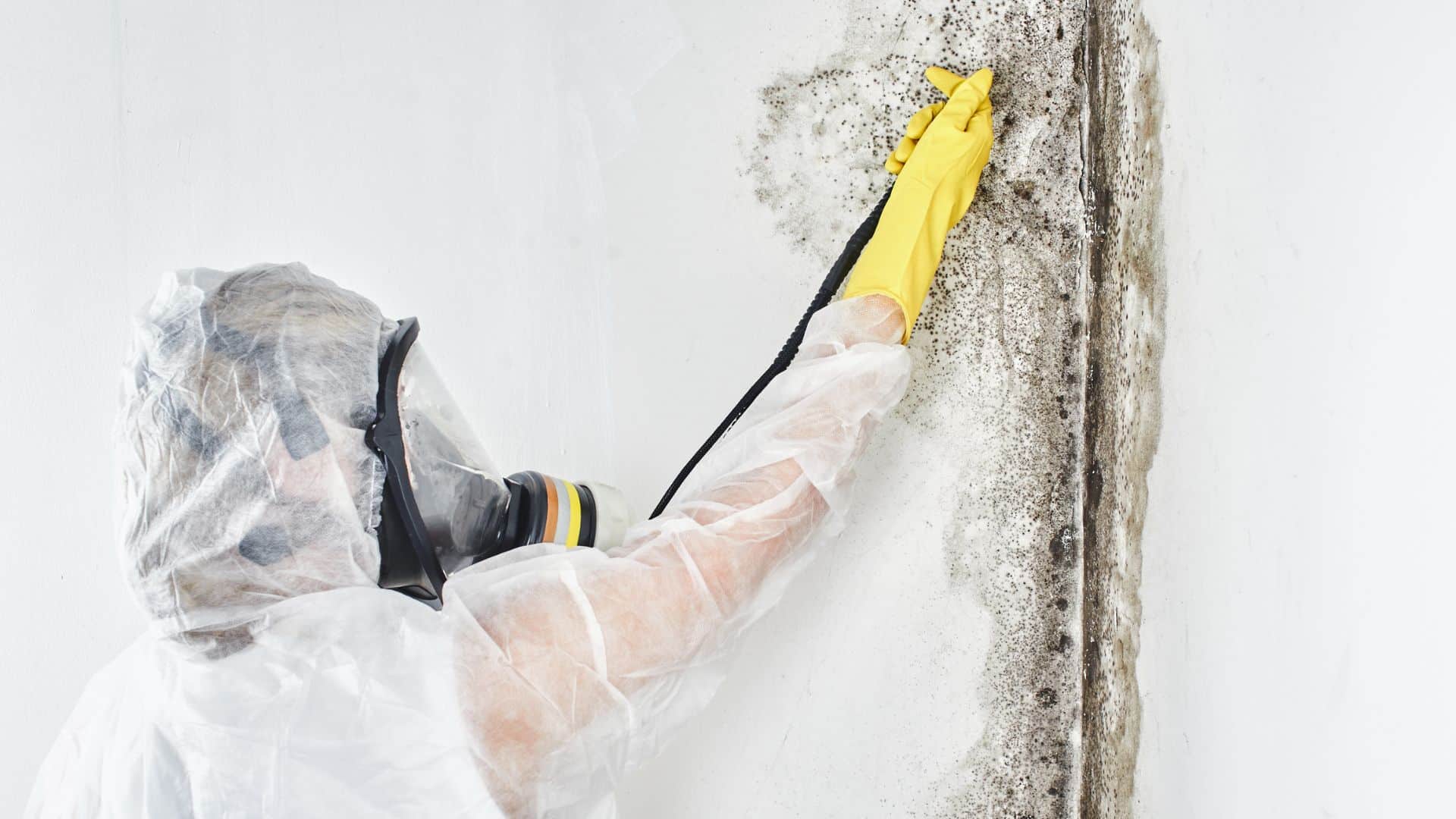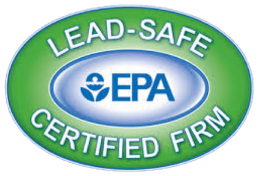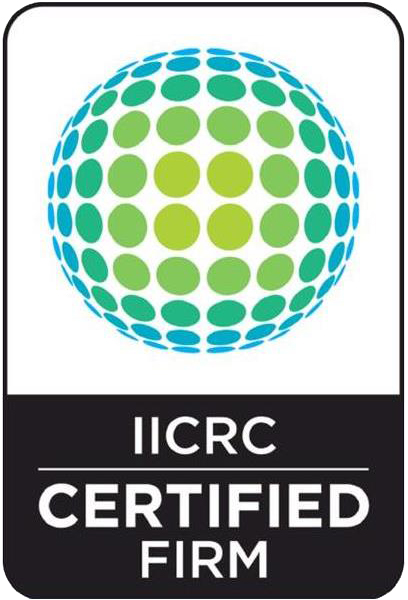Molds are living organisms that can be found indoors and outdoors. They play an essential part in the environment, however, they can also pose health problems to humans. It also can damage your walls or furniture. Therefore, it is important to prevent mold from growing indoors.
Molds usually grow in wet spot areas of your home. When checking your apartment or house for molds, start inspecting any leaking pipes or other moisture sources. As soon as you find where the mold grows, it is important to clean and remove it. Also, determine the underlying reasons that caused its growth. Though it is unnecessary to determine the mold’s species, it is still critical to familiarize yourself with the potentially toxic mold, such as “toxic black mold”.
To further help you check for areas where mold grows, check out the list below:
Table of Contents
Sinks and Dishes
Whether you’re using sinks or dishwashers to wash your dishes, the key to avoiding mold growth is to make sure these two are thoroughly dry, this includes your dishes of course. We indeed wanted to save time and energy. That is why we try to skip the drying part on the dishwasher, however, this can pose a bigger problem in the long run. Hence, it is significant to make sure that your sinks, dishwashers, and dishes are all dried up before stacking them.
Under the sink
Aside from your sink, under it can also be a potential environment where molds thrive. Under your bathroom or kitchen sink is warm, and dark and most of the time this area can be moist, especially when there are plumbing leaks. Make sure you don’t miss checking this area and wipe them with a cleaning solution or bleach to prevent mold from spreading.
In potted plants
Don’t forget to check your plants, yes, they could be a source of mold in the house. Know when to water your plants, because if you overdo it, water can stay on its surface and can leave moisture where mold loves to dwell. Always check the soil and pot once in a while for any molds in place.
Appliances’ Seals, Coils, and Drip Pans
Now, let’s check our household appliances, such as refrigerators, stoves, and washing machines. These appliances have seals, coils, and drip pans that moisture can linger. After using your front-loading washing machine, dry the sealing ring after running by leaving the door open. For stoves, make sure to clean and wipe the drip pans after cooking. Also, include the drip pans and seals of your refrigerators in your regular cleaning list.
On the roof
If you have trees over your roof, make sure to trim the branches and keep them from growing over the top of your house. Check also the gutters, to see to it that it is free of debris, especially when it rains, it can create a paddle for the water. Repair or replace damaged or leaking shingles.
Windows
From the roof to your windows, make sure to check for condensation or any moisture. Always check the window frames and the surrounding wallboard. Make sure to keep your eye on your windows and make sure they are always properly sealed to prevent condensation from building up. If there are signs of any mold damage, try to address or repair it quickly.
Air Conditioners and Vents
Regularly brush your HVAC unit drain. Inspect for condensation or mixture and wipe it immediately. It is important to make sure that there are no molds present in your AC unit because they may spread throughout your house and can cause potentially harmful health problems.
It is very critical to note that if you see any signs of mold in any area, try to repair mold damage immediately to avoid bigger concerns. However, if the area has been damaged totally by molds, then it is necessary to hire professionals for any safe mold damage removal procedure.
Several companies offer mold damage restoration and cleaning for residential, commercial, and government buildings. The average mold damage repair costs are between $1,373 to $3, 400 or between $13.50 and $28.33 per square foot, with $2, 235 as the national average. Typically, homeowners with minor mold concerns will pay around $458 while the average cost for extensive restoration is around $6, 333. The average cost depends on the location of the mold in the house and the type of mold, the size of the mold, and the type of restoration that is needed.
Aside from hiring professionals to help you restore the areas of mold growth, here are some ways how to prevent mold after water damage:
- Drain your water. After a flood, you should assess the damage and make sure to dry out the surfaces and objects that are wet. You can remove the amount of water by using any unused plastic bucket. Or you can also use a wet-dry vacuum.
- Remove the damp carpet. Using carpets is one of the high risks for mold growth as it gives molds a dark, warm and damp environment to grow. So, to prevent molds from spreading, the first step is to remove any damp carpet you have.
- Dry your floor. Floors with grooves can be an easy trap for moisture, where mold also loves to dwell in. You may use baking soda to dry your flooring. If your floor is entirely affected by extreme water damage, it is advisable to remove it.
- Use a dehumidifier to lessen any moisture. Maintaining a relatively low humidity prevents the mold from growing. The Environmental Protection Agency recommends keeping the humidity of your home below 60% for mold prevention.
- Replace Severely-Damaged Items. It can save you time and money if you replace the items that are severely damaged to minimize the chances of growing molds.
Need help with mold removal?
At Royal Restoration, we help our clients deal with floor, wall, and ceiling water-damage molds. We also offer services to remove mold hardwood floor water damage. We hope you had a great time reading the article and learning how to find those molds.
Should you need our assistance, you can call our office anytime.



